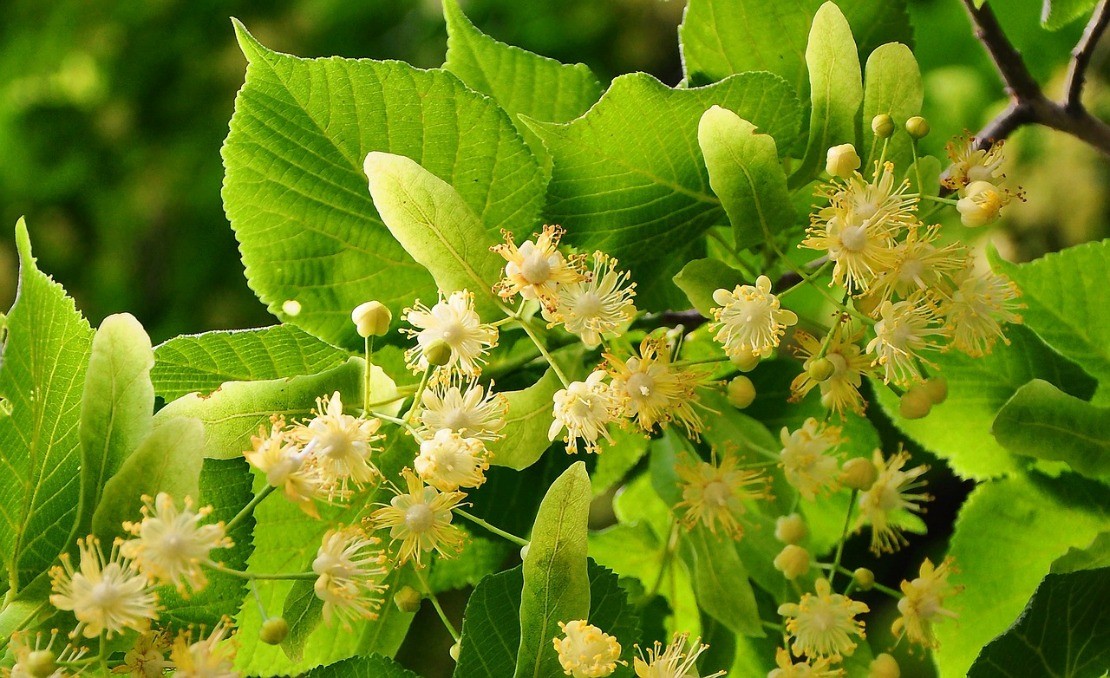
A Family Herb: Gentle Linden Flower and Leaf
Deliciously fragrant linden trees perfume the air in early summer, beckoning us to come and enjoy their beneficial properties for body, mind, and spirit. This stately tree, a time-tested favorite herbal remedy in Europe, is often found lining city streets and growing in parks. And it may surprise you to know that linden flower and leaf (Tilia spp.) is a gentle friend that can help soothe away many of our daily woes while the nectar-filled flowers provide food for happy bees and other pollinators.
A Family Herb: Gentle Linden Flower and Leaf
Linden’s sweet odor reaches out through the air speaking directly to us, providing a calming yet uplifting presence. The flowers and leaves of this lovely tree are used by herbalists as a relaxing nervine. It is gentle enough for everyone in the family, making it the perfect herb to call on for kids and parents alike at the end of a stressful or disappointing day.
Linden flower tea has a delightful smell and flavor, that sipped before bedtime, can help to relax the body while soothing an irritable and tense mind which enables the person to unwind and rest (Holmes, 1997). As a relaxing nervine, linden has been used to assist folks struggling with insomnia, nervous and muscle tension, anxiety, depression, hyperactivity, digestive issues originating from emotional unrest, and even hysteria and mania (The Herbal Academy, n.d.; Holmes, 1997). It was “historically used to soothe nerves and treat health problems associated with anxiety” (McIntyre, n.d.). Further, its calming nervine, antispasmodic, and helpful circulatory properties are used to help to ease spasms and cramps that contribute to headaches, tight muscles, and migraines as well as menstrual cramps (Tilgner, 1999; Holmes, 1997).
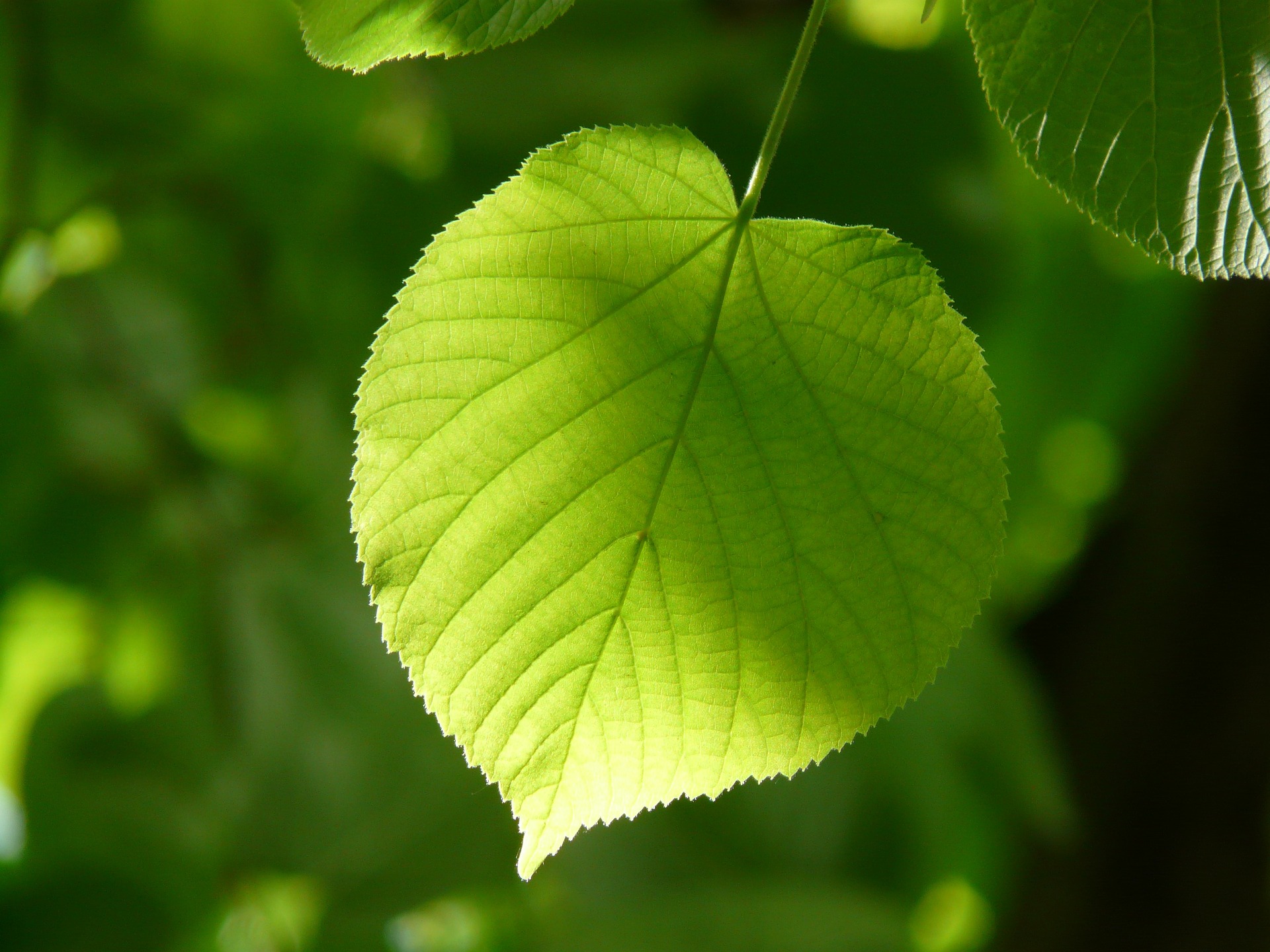
Linden opens the emotional and spiritual heart even as it improves cardiovascular circulation… linden has a divinely inspired way of opening you to the bliss of your true multidimensional nature – the larger reality we’re all part of.
– Robin Rose Bennett, The Gift Of Healing Herbs
The obliquely heart-shaped leaves give us a hint at linden’s benefits for the cardiovascular system and its ability to “gladden the heart,” uplift us emotionally, and soothe heartache and grief (Groves, 2016, p. 159). Yet, linden benefits the physical heart as well, which is evidenced in its long use for assisting with conditions such as atherosclerosis, angina, and heart palpitations especially when there is nervous tension or stress involved (McIntyre, n.d.; Groves, 2016).
The heat and restless energy of many colds, flus, and seasonal allergies can be eased by linden’s cooling and calming properties. Like a gentle cooling hand on your brow, linden helps to ease fevers and relax the body so it can work on infection fighting. Herbalist Matthew Wood explains that linden is specifically indicated for fevers that are not relieved by “profuse sweat” and fevers associated with “chills [and] shivering” as well as painful fevers associated with “heat, irritation, and spasm” (Wood, 2008). Further, a soothing mucilage found in linden helps to relieve tension in tight tissues in the chest, throat, and sinuses (McIntyre, n.d.).
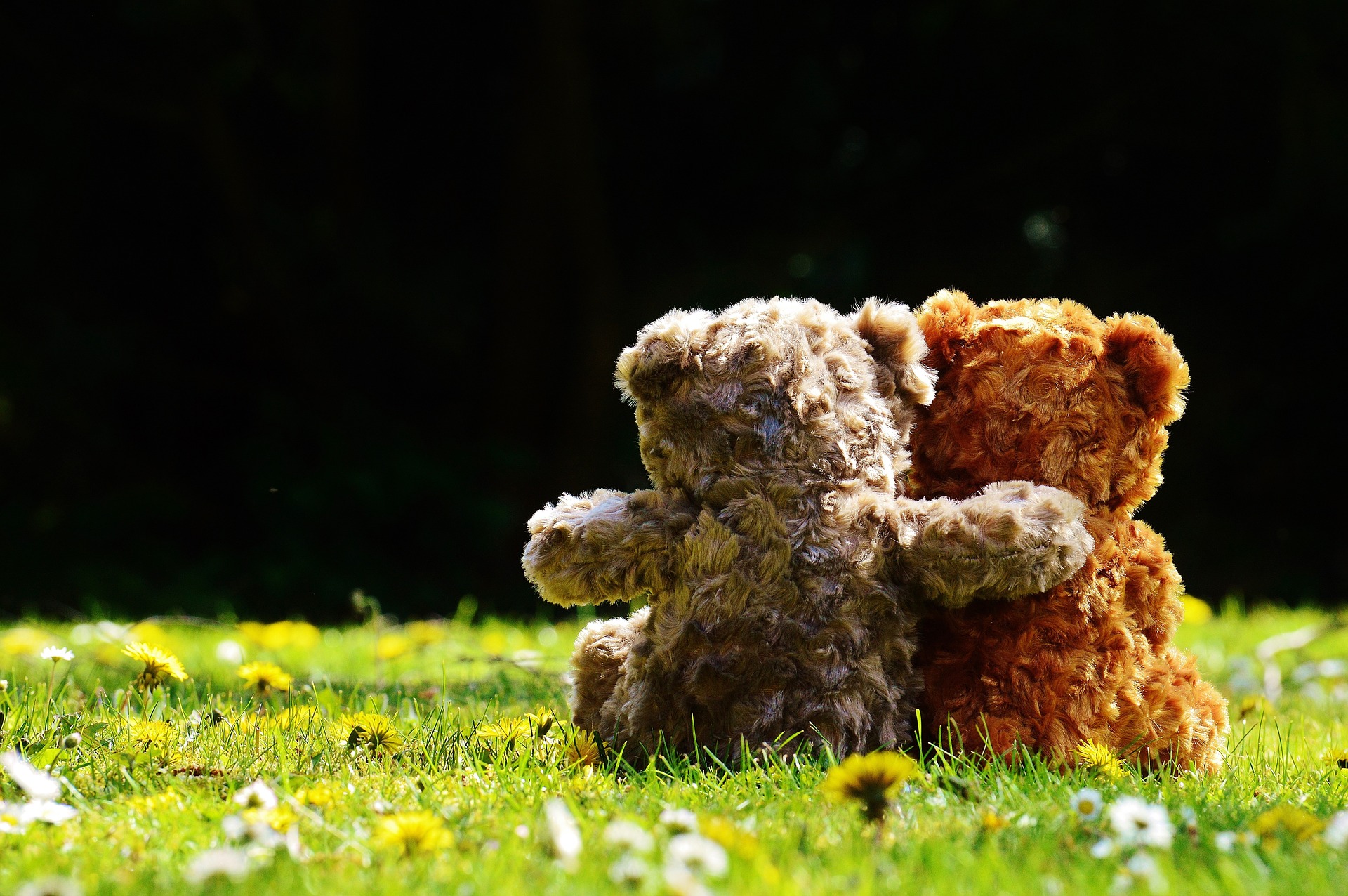
A Sweet Childhood Friend
Linden flower and leaf is a special herbal friend of children. Its gentle nature makes it a safe herb to share with children and it has been used for centuries to help soothe children. In particular, linden is used for excessive heat in children which manifests as hyperactivity or fever (Wood, 2008). You know, the kid who is so wound up and hot that they just can’t relax? Make them a cup of linden tea, a nice linden bath, or even a linden popsicle and watch them settle down. Combine linden with lemon balm to help a child during viral infections. Other good linden combinations for children are offered to us by Matthew Wood, who says, “yarrow, elder and linden are particularly good when we are dealing with children that are already over-active and hot to begin with—hyper-active, as we say. Elder, linden, and hawthorn will usually, in my experience, totally cure hyperactivity and often, attention deficit” (Wood, n.d., p. 27).
Kids get nervous and stressed just like adults. Linden flower can help to ease some of that stress so the child can rest and face their day. Stress in kids before exams, performances, when starting a new school, or even when meeting a new person can cause some physical as well as emotional tension. So when a nervous tummy, headache, or troubles with sleep pop up, offer your child a cup of linden tea and perhaps a kind ear to talk to.
Linden’s Many Helpful Properties
The wondrous linden flower is full of useful properties!
- Relaxing nervine – helps to calm tension and irritability in the nervous system
- Anxiolytic – eases anxiety
- Antispasmodic – eases muscle cramping
- Hypotensive – assists in lowering blood pressure
- Vasodilator – helps to dilate blood vessels
- Demulcent – rich in mucilage which helps to soothe and protect tissues
- Diaphoretic – helps to promote perspiration
- Anti-inflammatory – eases inflammation
*The above information was taken from Linden Monograph by the Herbal Academy, The Energetics of Western Herbs by Peter Holmes, Body Into Balance: An Herbal Guide to Holistic Self-Care by Maria Groves, and Tilia europea/americana/ platyphyllos/cordata: Lime flowers by Anne McIntyre.
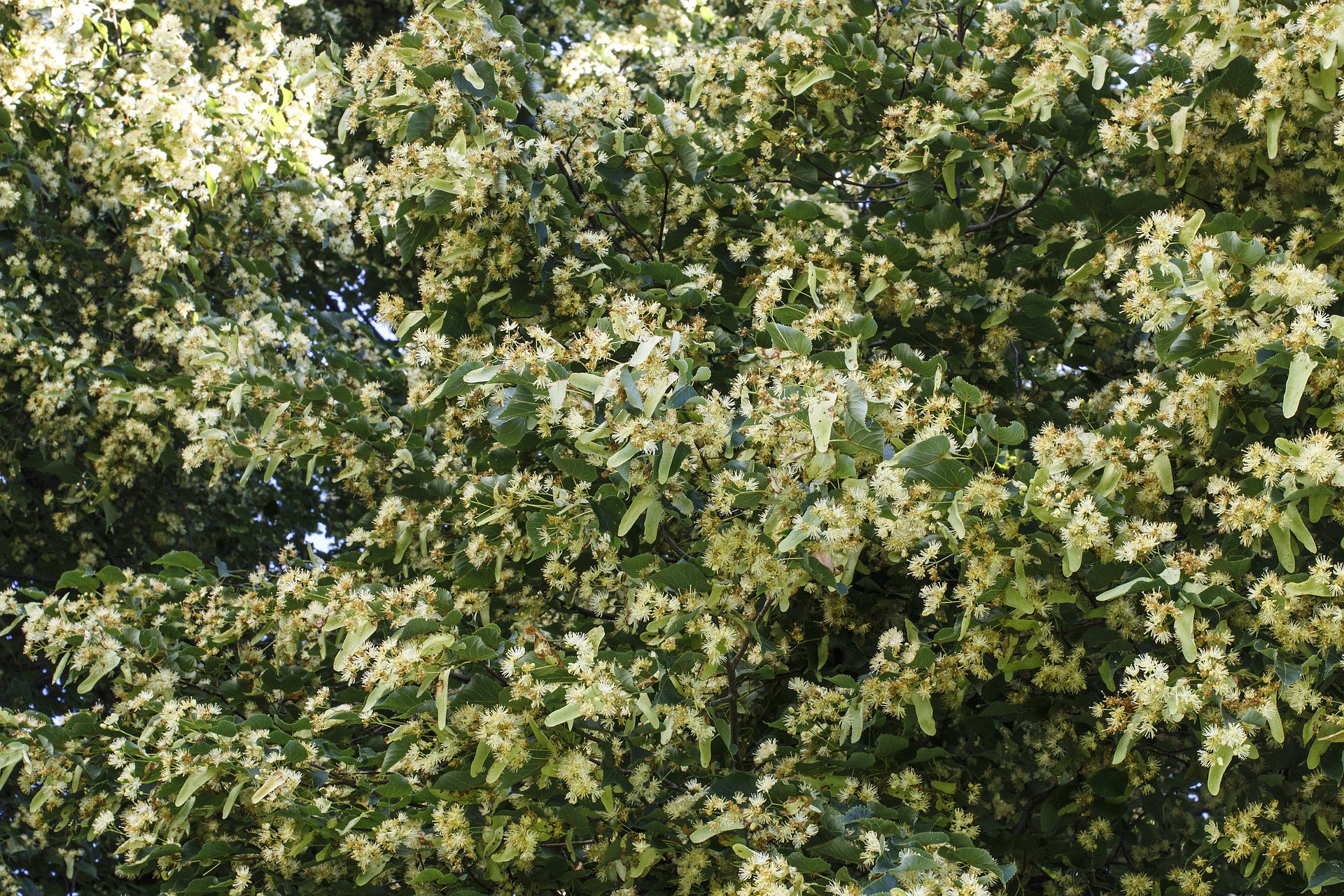
Linden in Summertime
As a summertime herb, linden flower and leaf help us to cool down, soothing away the heat of the day and the hyper-reactive heat of seasonal allergies (Wood, n.d.). In Traditional Chinese Medicine, summer is associated with the heart and linden is well-known among herbalists as a cooling and moistening cardiovascular herb.
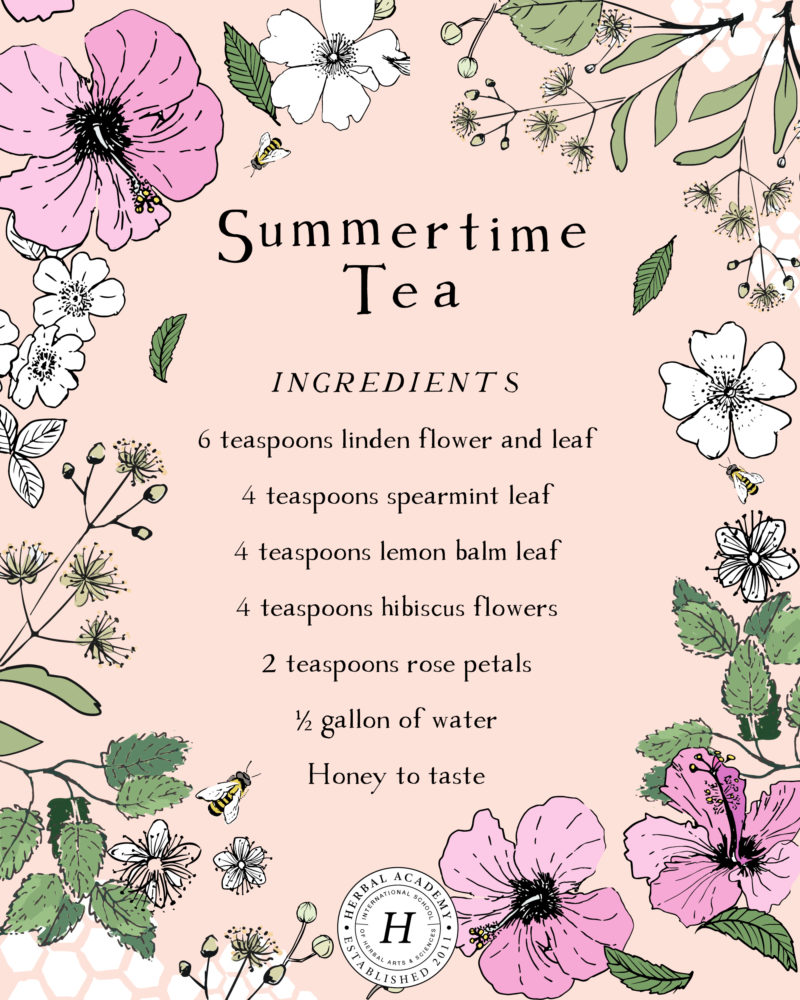
Brew this tea to drink on a hot summer day and serve over ice! You can also blend it with some fruit such as peaches or berries and freeze into tasty popsicles!
Refreshing Linden Summertime Iced Tea
4 teaspoons spearmint leaf
4 teaspoons lemon balm leaf
4 teaspoons hibiscus flowers
2 teaspoons rose petals
½ gallon of water
Honey to taste
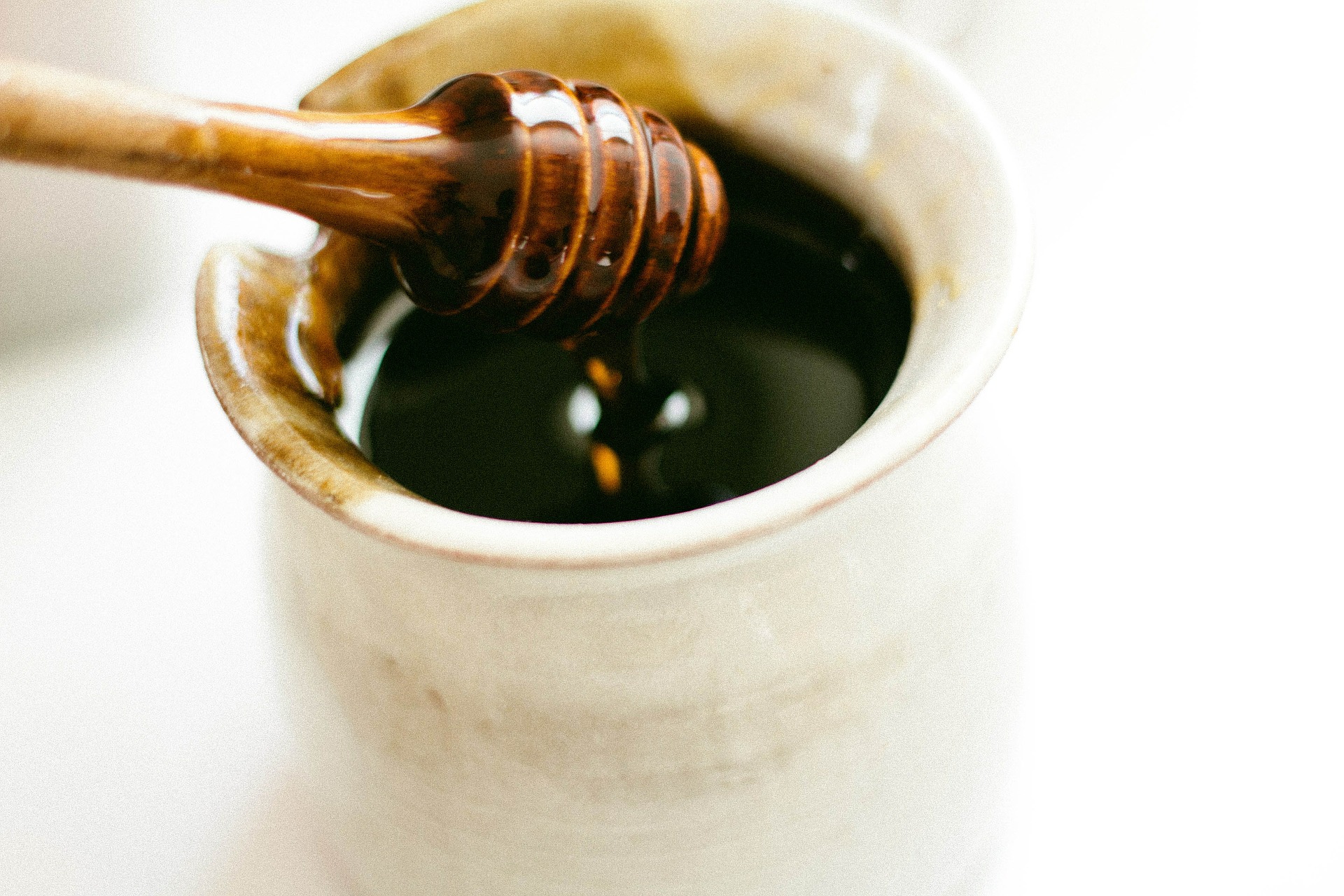
Depending on where you live linden will bloom at different times of the year though it generally blooms in the early summer around mid-June to early July. If you are blessed to live near a linden tree or two be sure to go out and harvest some of the lovely flowers. You can then air dry them or use them to make an delicious herbal honey!
Linden Flower Honey
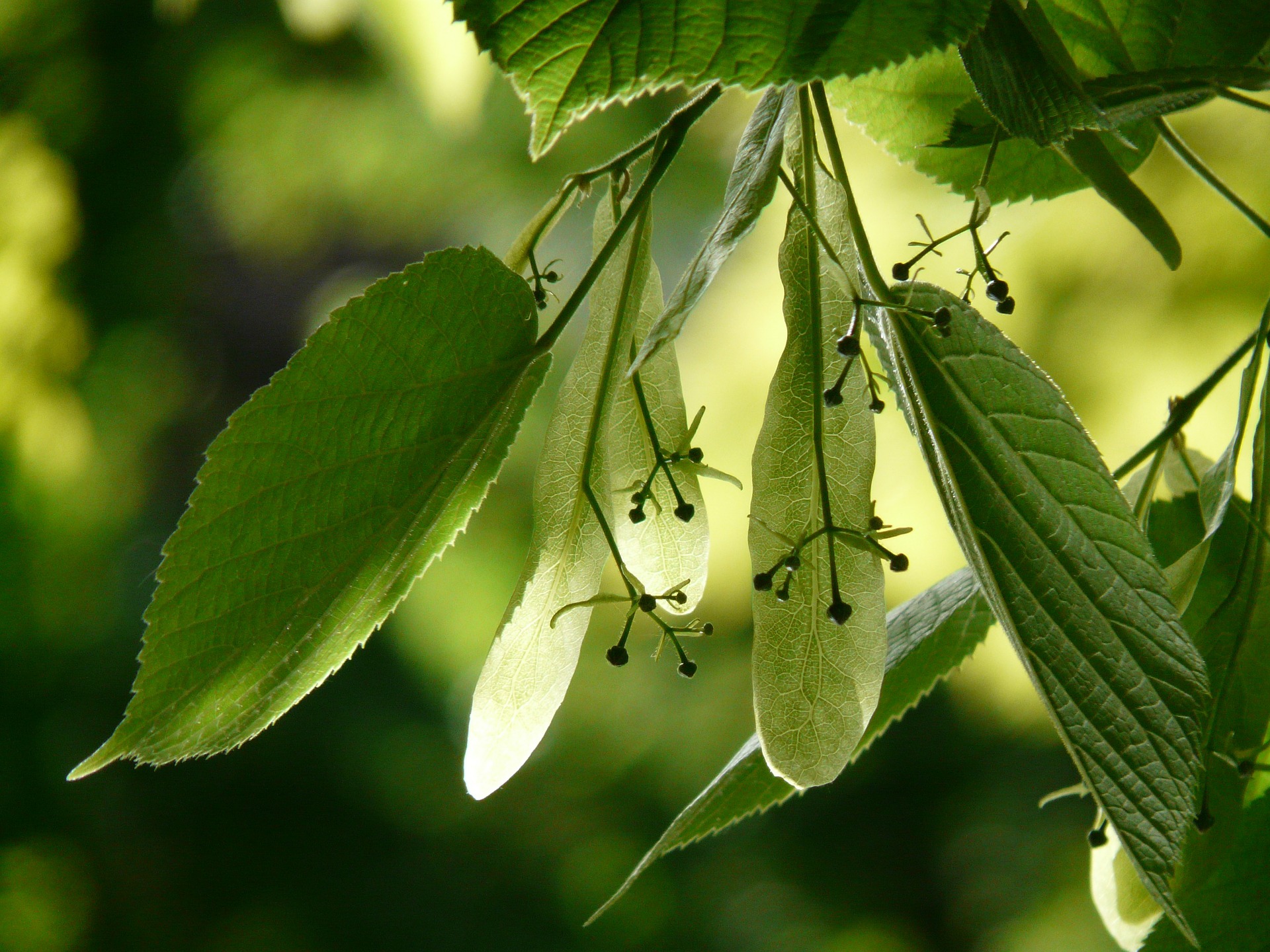
Linden Recipes For Your Family to Enjoy
Invite linden into your life with these simple recipes. Keeping a small supply of dried linden flower and leaf on hand will help you to create delicious teas and relaxing bath blends as needed.
A Simple Linden Tincture
Make a tincture of linden to have on hand when needed!
Vodka
Grief Healing Infusion
From The Gift of Healing Herbs, by Robin Rose Bennett
Make this heart-soothing infusion when you need some TLC during times of grief and sadness.
1 cup violet leaves
½ cup hawthorn berries, leaves, and/or flowers
½ gallon of boiling hot water
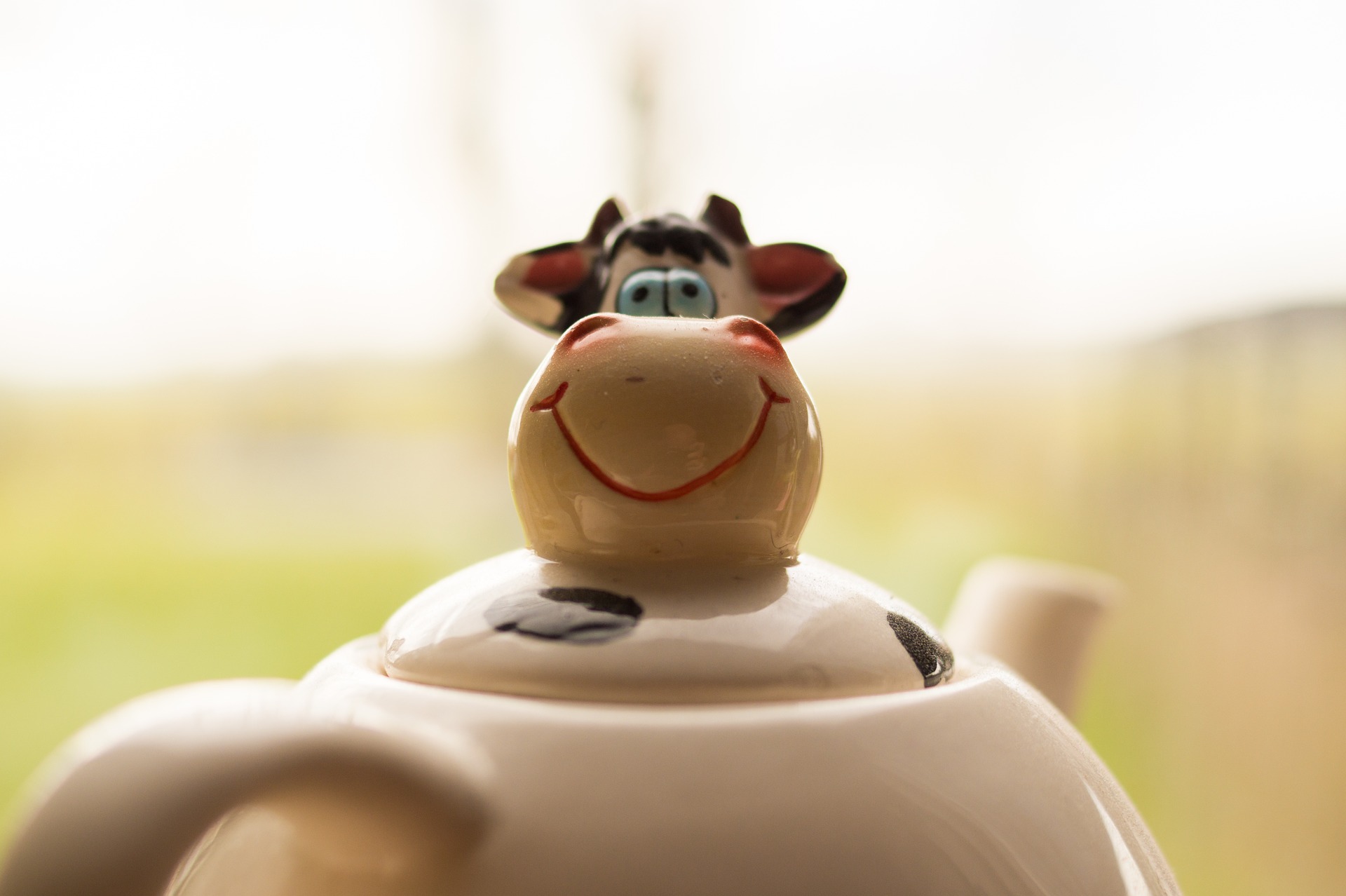
Cool It Down & Relax Tea
This blend is helpful drunk hot during fevers and respiratory illness.
1 part dried elderflower
1 part dried calendula
1 part dried mint or lemon balm
Honey to taste
Enjoy this bath before bed or anytime you need a to wind down and relax.
Lovely Linden Bathtub Blend
1 handful of dried rose petals
1 handful of dried lavender blossoms
1 handful of dried chamomile flowers
1 handful of Epsom salt
Optional essential oils such as lavender, rose geranium, sweet orange, or clary sage
Using Linden Safely
Happily getting to enjoy linden uses and benefits is easy for most because it is generally considered to be a safe herb. However, preparations made from flowers that are old may cause issues included narcotic “symptoms of narcotic intoxication” (Grieves, n.d.). Also, linden may rarely cause an allergic reaction in the form of “contact dermatitis” or “allergic rhinitis,” and large amounts of linden may be “cardiotoxic” (“Linden,” n.d., para. 30).
This is just a glimpse at this magical, beautiful herb. Learn more about linden in the Herbarium where you can find a full monograph sharing the many virtues of linden!
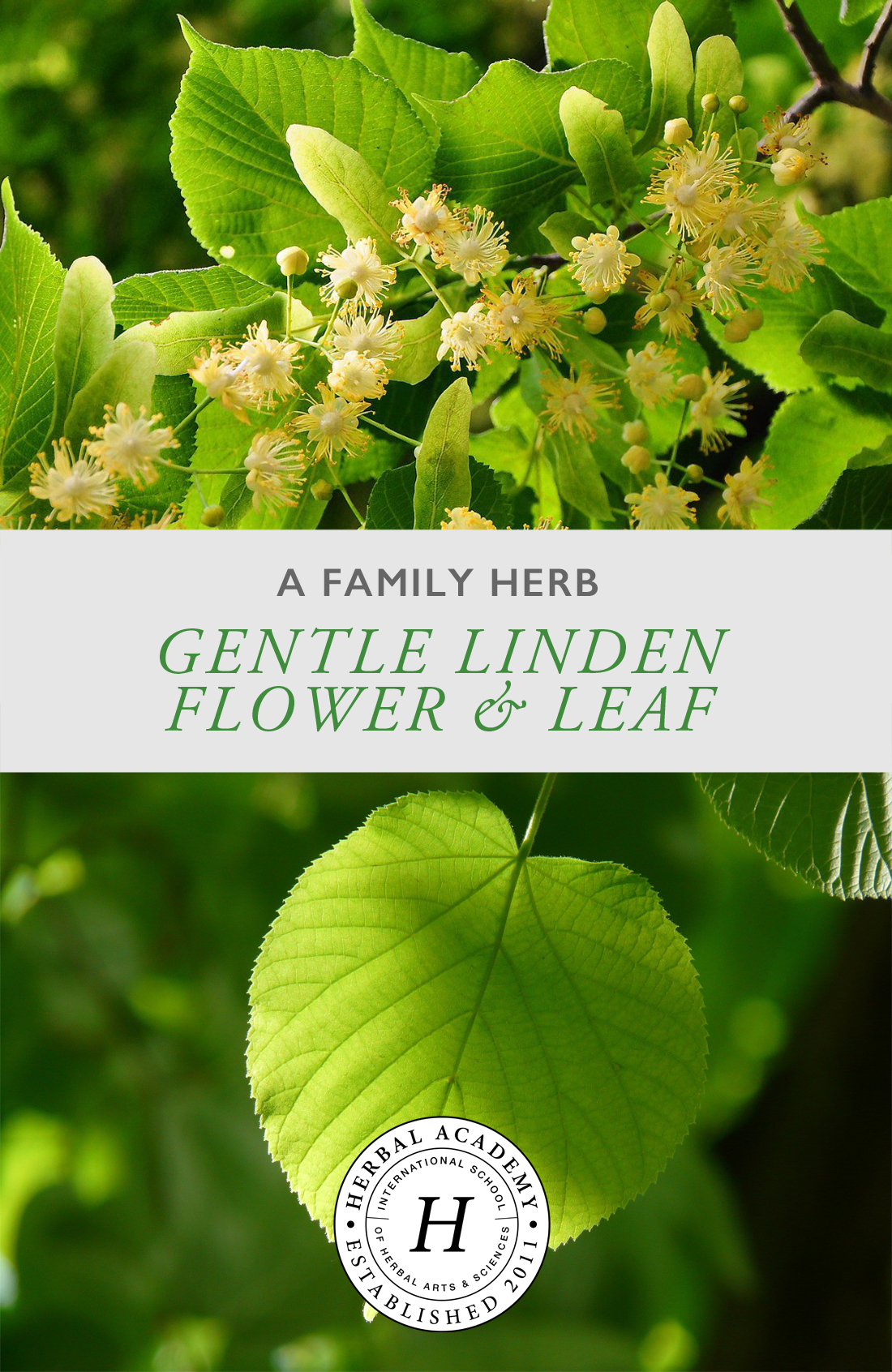
REFERENCES
Bennett, Robin Rose. (2014). The gift of healing herbs: plant medicines and home remedies for a vibrantly healthy life. Berkeley, CA: North Atlantic Books.
Grieve, Mrs. M. (n.d.). A modern herbal. Retrieved on 5/3/16 from http://www.botanical.com/botanical/mgmh/l/limtre28.html
Groves, Maria. (2016). Body into balance: an herbal guide to holistic self-care. North Adams, MA: Storey Publishing, LLC.
Holmes, Peter. (1997). The energetics of western herbs. Boulder, CO: Snow Lotus Press.
McIntyre, Anne. (n.d.). Tilia europea/americana/ platyphyllos/cordata: lime flowers. Retrieved on 5/2/16 from http://annemcintyre.com/tilia-europeaamericana-platyphylloscordata-lime-flowers/
The Herbal Academy. (n.d.). Monograph: Linden, Tilia spp. The Herbarium [Online Herbarium]. Retrieved on 5/04/2016 from http://herbarium.herbalacademyofne.com/monographs/#ID=4084
Tilgner, Sharol, N.D. (1999). Herbal medicine from the heart of the earth. Creswell, OR: Wise Acres Press, Inc.
Wood, Matthew; Bégnoche, Francis Bonaldo; & Light, Phyllis D. (2015). Traditional western herbalism and pulse evaluation: a conversation paperback. Lulu Publishing Services.
Wood, Matthew. (2008). Earthwise herbal: a complete guide to old world medicinal plants. Berkeley, CA: North Atlantic Books.
Wood, Matthew. (n.d.). The view from Sunnyfield. Retrieved on 5/3/16 from http://www.woodherbs.com/TC_Wellness_Articles.pdf








